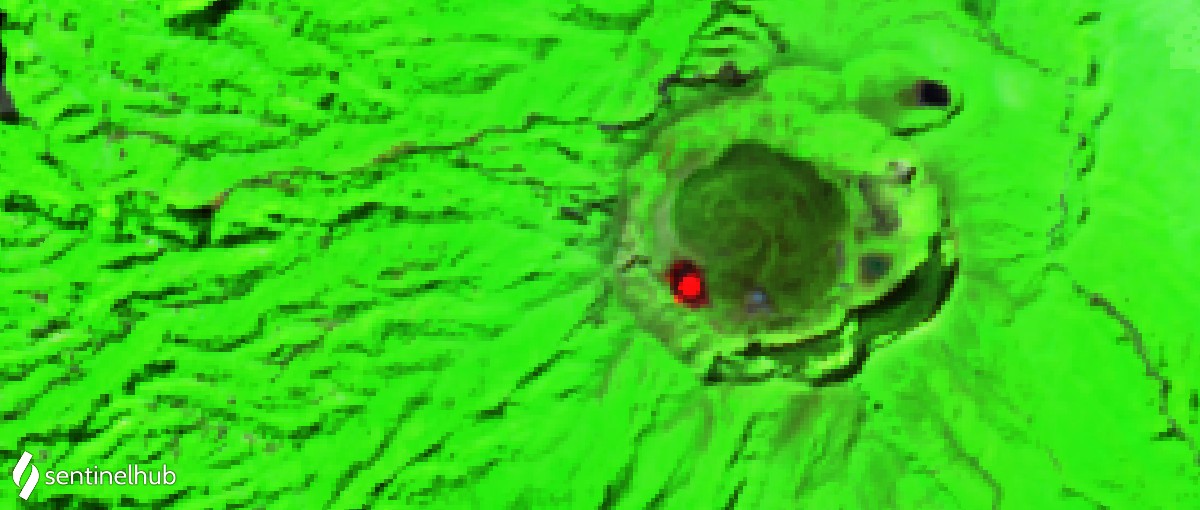Explosive volcanic eruption rocks Caribbean island, as evacuations continue
La Soufrière volcano on the island of St. Vincent has been asleep since 1979.

A volcano on the Caribbean island of St. Vincent erupted on Friday (April 9) following increased seismic activity and mandatory evacuations in the area, spewing ash tens of thousands of feet into the air.
At 9:08 a.m. ET, St. Vincent and Grenadines' National Emergency Management Organization (NEMO) tweeted that the volcano had just woken up in an "explosive eruption." At 9:45 a.m. ET, the organization tweeted that the ash plumes from the volcano, named La Soufrière, rose up to 20,000 feet (6,000 meters) into the air and were headed east into the Atlantic Ocean.
On Thursday (April 8), the local government issued mandatory evacuations for people who lived around the volcano, after scientists had alerted them of increased seismic activity that suggested magma was close to the surface and an eruption was imminent, The Associated Press reported. The evacuation orders were meant for the approximately 16,000 people living in the so-called red zone around the volcano, according to the AP. Some evacuees went to nearby shelters while others were expected to board empty cruise ships; some were expected to be transported to nearby islands, the AP reported.
Related: Photos: Fiery lava from Kilauea Volcano erupts on Hawaii's Big Island
Evacuations are continuing to bring people in the red and orange zones to safety, NEMO tweeted at 11:46 a.m. ET. But "heavy ash fall has halted the process somewhat since visibility is extremely poor."

The pandemic adds a second layer of difficulty to the evacuations. But in a press conference on Thursday, Prime Minister Ralph Gonsalves said that shelters and evacuations would follow strict health protocols like mandatory mask wearing and social distancing when possible, according to The New York Times.
La Soufrière laid dormant for decades after last erupting in 1979, but it started showing signs of new activity in late December, according to the Times. Before that, it erupted in 1902 and killed nearly 1,700 people, according to the Times. There aren't any immediate reports of casualties from this eruption, according to the AP.
Sign up for the Live Science daily newsletter now
Get the world’s most fascinating discoveries delivered straight to your inbox.
Originally published on Live Science.

Yasemin is a staff writer at Live Science, covering health, neuroscience and biology. Her work has appeared in Scientific American, Science and the San Jose Mercury News. She has a bachelor's degree in biomedical engineering from the University of Connecticut and a graduate certificate in science communication from the University of California, Santa Cruz.









